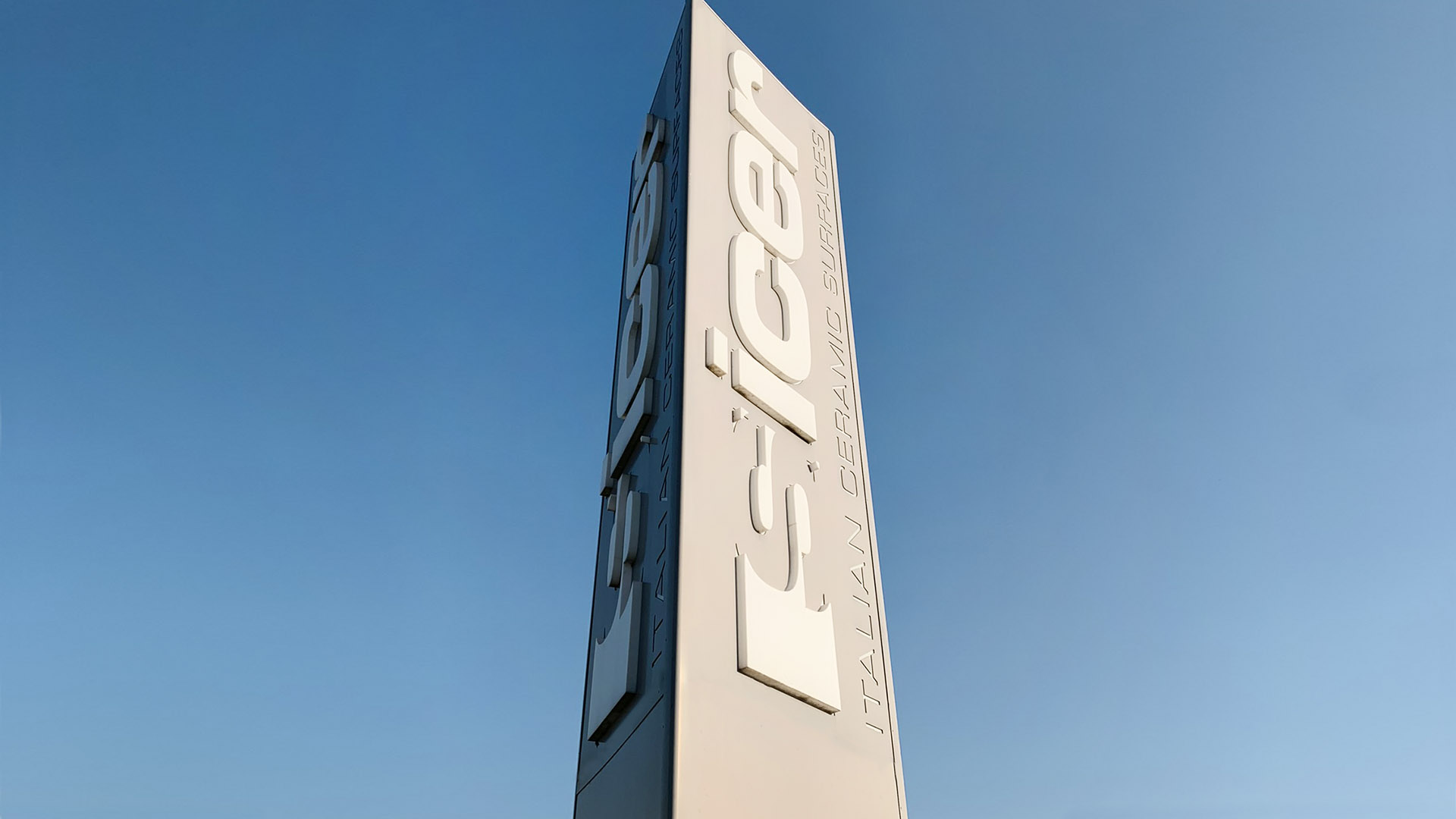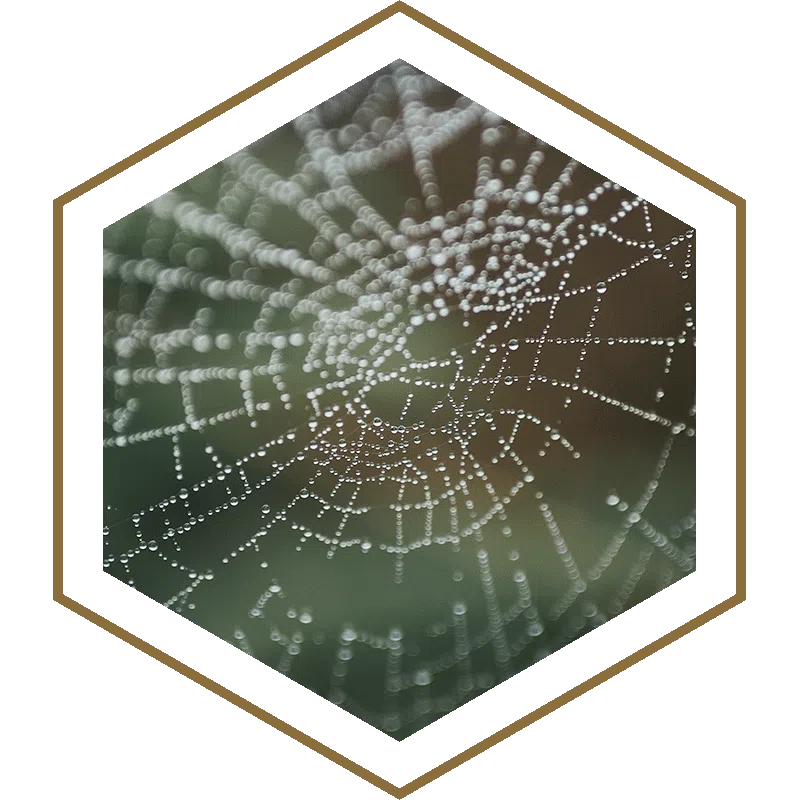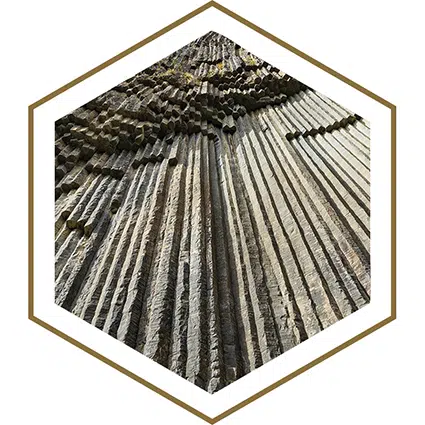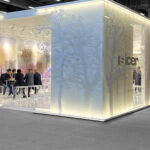Statistical data of the Italian ceramic tile industry for the year 2021
The Italian ceramic tile industry closed 2021 with a strong increase in production – between sales and exports – thus significantly exceeding pre-pandemic levels.
The strong demand for ceramics produced in the peninsula comes from all over the world and the market in Italy has returned to growth after twenty years. A positive situation which however collides with the very strong increases in the costs of all production factors, energy first of all, with the shortage of some types of raw materials and with the difficulties associated with transport by sea.
The ceramics sector represents one of the fields of Italian excellence. Characterized by different industrial districts – Sassuolo and Scandiano, Imola and Faenza, Impruneta, Vietri sul mare and Veneto – which occupy the first places in the world market, this sector thanks to its ability to renew itself over the years has been able to obtain the role of leader in world level. The image of Italian products is in fact recognized throughout the world for its style and quality. The continuous development of the ceramic sector makes this sector one of the most competitive in the economic panorama, not only in Italy, thanks to the peculiarities of the product in terms of strength and durability, but also in terms of beauty and above all healthiness which is certainly an added value in this period.
In 2021, the ceramic sector recorded sales of 459 million m2 in Italy, 12% more than in 2019, and exports of 367 million m2, 13% more than in 2019, and sales on the domestic market of over 91 million m2 (+9%).
The growth in exports involved all the main international markets, where the most positive performances are in the United States, Germany, Belgium and the Netherlands. Total production reached 430 million m2, growing by around 25 percent compared to 2020 which ended, with a drop of 14%, at 344 million m2. Furthermore, from what emerges from the 2021 data, Italy is at the top of the ranking of countries exporting ceramic slabs and flooring.
In the five years between 2021 and 2025, the world ceramics market looks set to grow at an average annual rate of 5% in terms of production (4.5 billion square meters more in 2025) and 5.1% in consumption, with a very slight increase in stocks. China will remain the undisputed protagonist, centralizing half of the global shares of ceramic tile production and consumption, while India, a long way off, will reach over 2 billion m2 of production in 2025, but almost half will be exported (thus becoming the largest exporter in the world in terms of volume), followed by Iran and Russia, to the detriment of Indonesia and Brazil.
In 2021, the ceramic tile sector alone produced around 430 million square meters, placing Italy in sixth place among the world’s ceramic tile producers. The total turnover of Italian tile companies, the leading product in the ceramic sector, inorganic and non-metallic materials, reached 5.13 billion euros (there were 5.5 in 2017), 4.5 billion deriving from exports (- 2.2%). Investments are around 9/10% of turnover with Italy in the lead in terms of export share of turnover and average price, also driving the related ceramic machinery sector.
It was the tax incentives for the redevelopment of residential and accommodation facilities, together with the support of the banking sector, that drove consumption.
2022 of the ceramic sector according to Giovanni Savorani
In a recent interview Giovanni Savorani, president of Confindustria Ceramica, explained: “Until June things went well for some companies, and not for others. The former are those who have had the wisdom to enter into long-term energy contracts; the latter those that have succumbed to the mechanism of waiting for better prices that have not arrived. In all cases, up to June the sector grew by 21% on a trend basis. Troubles arrived in July, a bit for everyone, with the increase in the energy crisis. August, in this respect, was a disaster without historical parallels: it is strange that the cost of energy has substantially doubled in a period in which the industry closed its doors. I don’t think there is a justification, in terms of supply and demand”.
2022 of Sicer: a year in the name of sustainability, innovation and internationalization
In a recent interview for the magazine Il Resto del Carlino, Gianfranco Padovani, the President of Sicer, explained: “After the pandemic, Sicer faced a complicated year like everyone else. We have defended ourselves despite a difficult general situation in which energy costs weighed heavily on our society. We are talking about tripled costs and for gas things went even worse. We have also to add the difficulty in finding raw materials such as clays. Despite all this, the market has helped us with good consumption and a lot of demand. We can say that 2022 hasn’t been a great year, but it hasn’t been a bad one either.”
Sustainability was certainly the key point of all of Sicer in 2022. It is a challenge from which the entire ceramic tile sector can no longer ignore and towards which the manufacturer and supplier of raw materials for ceramic companies of Ubersetto has been moving for some time.
Innovation is at the heart of all Sicer activities. In fact, to be competitive on the global market, it is necessary to innovate, both in terms of products and processes. In 2022 Sicer has developed new products and renewed others.
The internationalization strategy that Sicer has been pursuing with constancy and determination for several years is also of fundamental importance. Proximity to the customer is very important to guarantee maximum assistance all over the world and to offer products and services capable of adding value to ceramic production.
In this regard, the new Castellon Gallery was inaugurated in June 2022 in perfect Sicer style, to accommodate all Spanish and international customers.
ECOVADIS 2022 certification and alternative forms of energy
Last May, Sicer obtained the authoritative ESG certification issued by ECOVADIS, through the assessment of corporate social responsibility.
The methodology used by ECOVADIS has analyzed in detail the policies, actions and results obtained by the manufacturer and supplier of raw materials for ceramic companies in the management of the environment, labor, ethics and human rights as well as sustainable purchasing. This is only the first step towards a sustainable development of Sicer which wants to be transparent, guaranteed and supported by international bodies, which have a global vision of environmental and circular development issues involving all internal and external stakeholders such as: suppliers, collaborators, customers.
Only 25% of companies manage to obtain this important certification strongly oriented towards objectives and results of sustainability and corporate ethics. Among Sicer’s future objectives there is certainly that of continuing this important virtuous path, improving every year with a higher score and qualification. The goal for 2023 is to expand this prestigious qualification to the Spanish and Mexican offices as well.
Sicer has also implemented new forms of alternative energy by equipping its factories with photovoltaic systems which rationalize part of the company’s energy needs.
Digital water based glue SCD3001H
From the point of view of production research and innovation, Sicer’s Digital R&D Lab has developed the renowned water-based glue SCD3001H, completely odorless and with low emissions.
It is a glue with much longer drying times than normal solvent-based glues, allowing the adhesion of very large quantities of grit even when the times between the application of glue and the deposition of the grit lengthen.
It is an innovative product, designed with the aim of minimizing harmful emissions into the atmosphere. In fact, it allows to limit the organic load applied to the ceramic tile and burnt in the kiln, minimizing the emissions of TOC, aldehydes and odorous substances from the ceramic fireplaces.
In recent months, Sicer’s laboratories have been studying a new series of water-based inks which will soon become reality.
Infinite structures with DIGITAL STRUCTURE by Sicer
DIGITAL STRUCTURE is the series of materials dedicated to the creation of digital structures directly in the glazing line. This new range makes it possible to create infinite structures on ceramics such as wood, cement and so on, with the possibility of matching with digital graphics and colors, regardless of the customer’s system type.
Sicer’s Technology Lab offers 2 different versions: DIGITAL-STRUCTURE Reserving (SDS030) and DIGITAL-STRUCTURE Structuring (SDS061 – SDS062).
DIGITAL-STRUCTURE is a structuring/reserving agent which, when digitally applied at the beginning of the glazing line, before or after glazing, or after digital printing, does not allow the materials applied above to adhere, thus generating reliefs of matter on board.
The DIGITAL-STRUCTURE range is dedicated to high resolution anti-reflection surfaces.
Sicer renews the GLR soft anti-slip range
Sicer’s Technology Lab has developed a new series of anti-slip glazes which, in addition to having certified anti-slip and anti-reflection technical characteristics, also allow the customer to create surfaces that are very pleasant to the touch and therefore suitable for furnishing both internal spaces and external or commercial areas.
The renewed GLR soft anti-slip range perfectly combines technical and aesthetic characteristics in a single product, ensuring:
- A perfect draft;
- A total cleanability;
- An absolute transparency and development of digital colors;
- A final surface totally anti-reflection, natural, material and pleasant to the touch.
The renewed GLR soft anti-slip range allows the surface texture to be calibrated according to the necessary value (from R9 to R13) (A+B+C), guaranteeing the regulatory requirements required in each country for flooring in public spaces.
What distinguishes this new range from most other anti-slip glazes is the absolute softness to the touch of the final surface.
The series consists of fully customizable glazes according to customer requests and production conditions.









